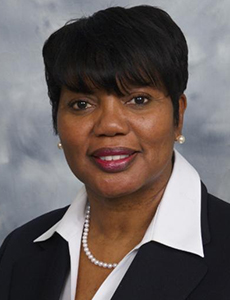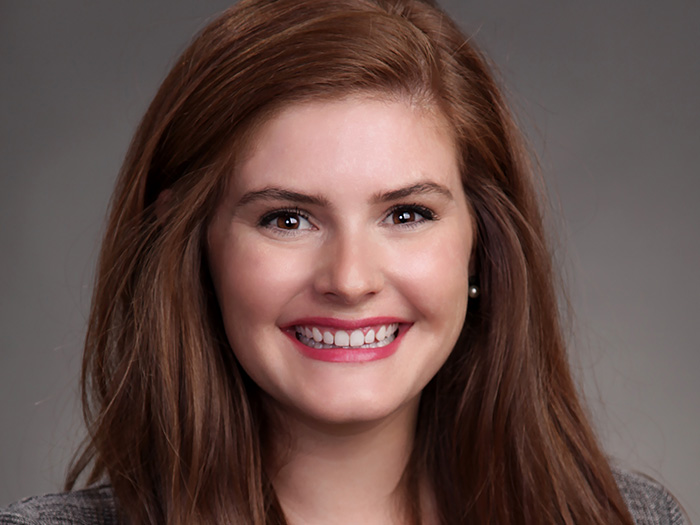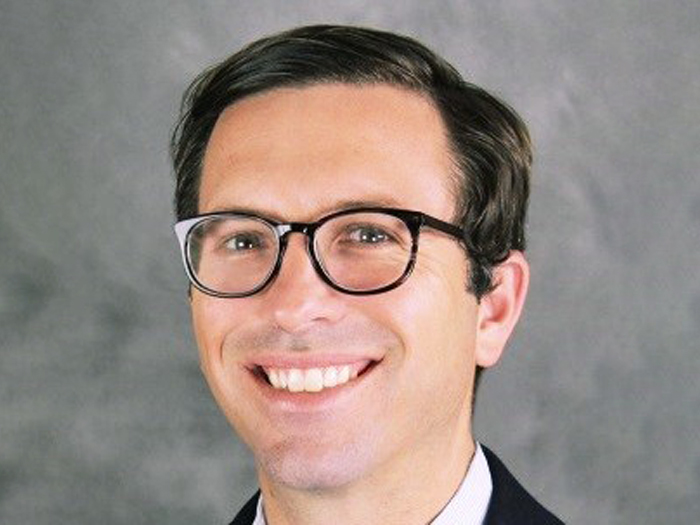New Study Shows African Americans Face Bias in Insurance Industry

African Americans are severely underrepresented in the insurance industry — especially in the executive and management ranks. It’s an industry rife with unconscious bias; a lack of high-level executives who can serve as mentors and sponsors; nepotism and favoritism in hiring; and a lack of exposure to potential employees of color.
Those are the findings of The Journey of African American Insurance Professionals, a new report by Marsh and the National African American Insurance Association. It included 312 online surveys, 25 interviews, and seven focus groups.
“We have pretty much failed holistically on this topic of race within the insurance industry,” said Alexander Amonett, global diversity and inclusion leader for Marsh.
Obstacles are greater for African Americans than other minority groups, according to 70 percent of the respondents. Meanwhile, 53 percent believe that African Americans are given less room to make mistakes.
“African Americans are living it. We’re working in the companies. We see the absence of African Americans on boards, in the C-suite and in the management ranks. There weren’t a lot of results that surprised us,” said Margaret Redd, executive director of the NAAIA.
“We’re excited to make sure the information we have is current and share it with an audience outside of the ranks of African Americans to drive the change we all know we need to see.”
Comparing white and black participation in the industry offers a stark contrast. Consider the following data from the 2016 Agency Universe Study:
- 90 percent of agency principals/senior managers are white and 3 percent of them are black
- 85 percent of non-principal agency managers are white and 3 percent of them are black
- 88 percent of non-principal producers are white and 5 percent of them are black
- 85 percent of insurance customer service representatives are white and 7 percent of them are black
- 85 percent of additional insurance professionals are white and 6 percent of them are black
“Rarely do I encounter overt racism,” said one respondent to the Marsh-NAAIA study.
“Most of the time it’s people’s implied biases that hold African Americans, females, and people of color back. Usually, the top of the house (senior management) says all the right things, but it doesn’t get practiced at the middle-management level.”
That sentiment resonates with Redd, who said even the most enlightened CEOs experience “blockers” at the management levels.
“Maybe they don’t know they’re blockers because their bias is unconscious — but it’s bias nonetheless,” said Redd.
African Americans also face the stereotype that one black employee represents the entire race.
“There is still a stigma that exists that an error or problem by one African American is an indictment on the entire race; a stigma that does not apply to Caucasians when a single individual makes a mistake and it is considered an anomaly, not a representation,” said another respondent.
Solutions Within Reach
The most common barrier blocking African Americans from the industry is not racism or networking opportunities. It’s a lack of exposure to the industry in the first place, the study found.
“Our No. 1 challenge is one we should be able to create a solution for — identifying, targeting and expanding our reach,” said Amonett. “We’ve got to reconsider the way we currently engage talent. We’ve got to reconsider the way we market the industry, especially to diverse populations and the public market.”
Recruiting is an obvious place to start reducing the awareness gap. Expanding recruiting efforts and establishing ongoing relationships with key faculty members, business leaders, community organizers, and black business groups can lead to more diverse job candidates.
“We know that millennials want to give back. They want to help people and they want to make a decent living. We can check all those boxes in this industry,” said Redd. “Helping young people understand that is one of our biggest challenges and biggest opportunities.”
Once hired, African Americans need to see a solid career path. That’s where mentorship and sponsorship play important roles. When asked which ways African Americans can progress in their careers, by far the most popular response was mentorship/sponsorship (47 percent) beating out leadership development (36 percent), on-the-job training (11 percent) and joining professional organizations (6 percent).
Mentorship also increases job satisfaction. Nearly 69 percent of respondents with a mentor say they’re satisfied with their careers, compared to 63 percent who don’t have a mentor.
African Americans are entering and exiting the industry at approximately the same rates, which is a “huge sign that we don’t have an inclusive culture at the top to allow these individuals to thrive,” said Amonett. “Until that gets fixed, it doesn’t matter how intelligent your design is in pulling in talent if we can’t create a culture where everyone can bring their whole selves to work.”
Interestingly, 60 percent of respondents agreed that professional development, certifications and license opportunities were equally accessible to African Americans as to their majority peers.
“We can’t just make the assumption that these folks aren’t moving up because they don’t have the same certification or education,” said Amonett. “The bottom line is that they’re not getting the same opportunities.”
A Call to Action
Where do we go from here? Both Marsh and NAAIA want this report to lead to serious, ongoing conversations — and actionable results.
“We don’t want this to be a goodwill marketing campaign. This should be a call-to-action for the industry,” said Amonett. “Instead of just signing diversity-and-inclusion statements, putting out a lot of optics, and giving ourselves awards — let’s show that we’re committed to showing growth next year.”
Redd hopes the dialogue will continue far into the future and that industry leaders take it seriously. She hopes it will lead to a commitment to showcasing metrics that highlight specific ways the industry is improving.
“What gets measured is what gets done,” she said. “Without those measures and accountability, diversity and inclusion will not happen.” &











